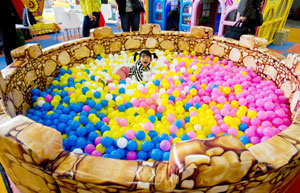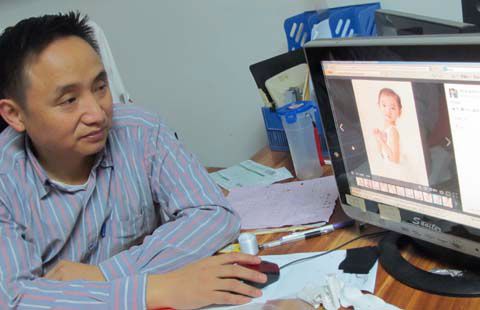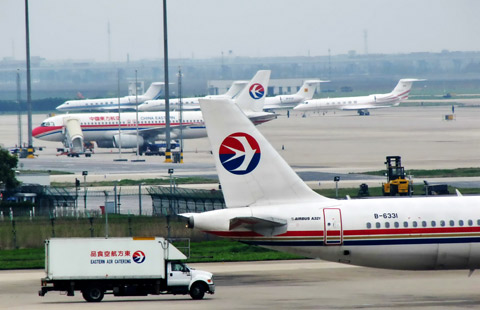3-D printing adds new dimension to startups
By Shen Jingting (China Daily) Updated: 2014-04-24 07:20Wang Huaming, a professor at Beihang University who took first place at the 2012 National Technological Innovation prize, based on his 3-D printing of large-scale titanium alloy components for aircraft.
The National Natural Science Foundation of China awarded a key program to Tsinghua University to support research for applying 3-D cell printing to cancer research.
|
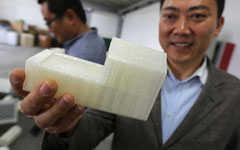 |
|
 |
Beijing Tiertime claims to be Asia's biggest 3-D printer manufacturer and the first Chinese company to sell 3-D printing machines overseas.
Another leading enterprise is Beijing Longyuan Automated Fabrication Systems Co Ltd, which offers systems that use thermoplastic materials, foundry sand and metal powder. The company targets customers in aeronautics, auto and healthcare. Its revenue reached 30 million yuan ($4.84 million) in 2012.
But the level of development of China's 3-D printing sector is still low, and the global market share for Chinese systems is small. Less than 5 percent of the world's 3-D printing systems were manufactured by Chinese producers in 2012, according to Wohlers Associates. US companies occupied 73 percent of the global market share, and European firms claimed about 10 percent.
SiuFung Chan, PwC's China Consulting Partner, said he holds a neutral position toward China's 3-D printing development. The country may need three to five years before its 3-D printing business really takes off or attracts more technology adopters, he said.
"First, the equipment cost has not come down to a very competitive level. High cost naturally inhibits a larger production scale," said Chan.
Meanwhile, end users demand quality assurance for innovative 3-D printers. But neither the Chinese government nor other third-party organizations have issued standards for the printers' qualifications, Chan pointed out. "If 3-D printing products are certified, the mass market is more likely to accept them."
|
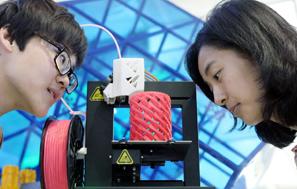 |
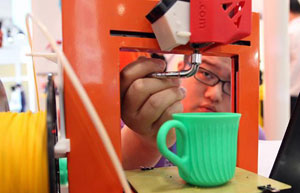 |
| Special: 3D printing reshapes manufacturing | Wuhan: Early adapter of 3D printing |
- Guanghui Energy to sell preference shares
- Distributed solar power generation to gain luster
- Apple, Google to pay $324m to settle conspiracy lawsuit
- Chengdu races to be China's new automotive hub
- Retailer Bosideng ends UK contracts
- BMW's electric car environmentally friendly inside and out
- BSH giving refrigerators a high-end update
- China adds 3m new jobs in Q1
